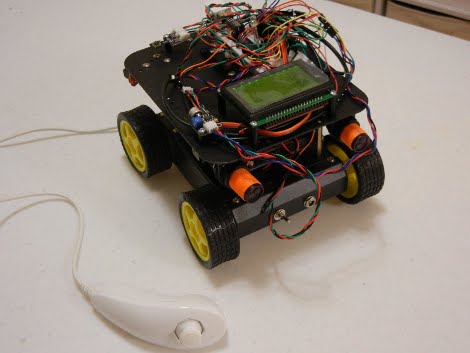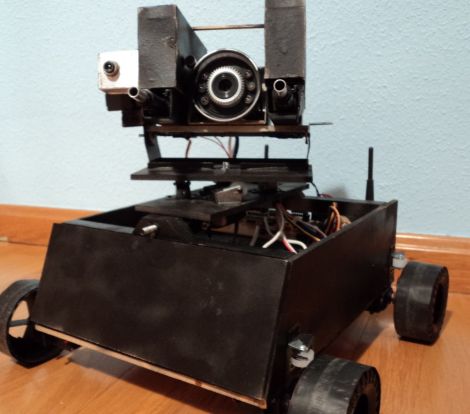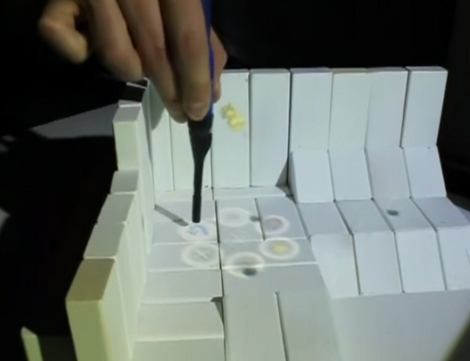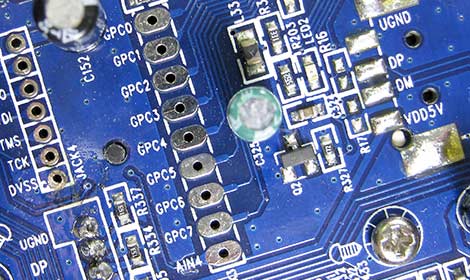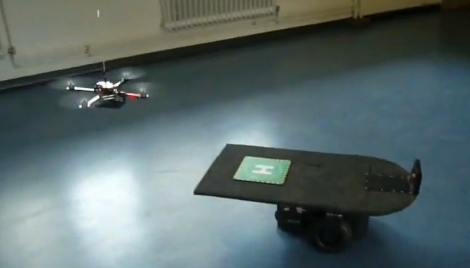
[DJ Sures] just can’t help himself from tinkering with robot toys built in the 80s. This time, he got his hands on an Omnibot-2000 (not to be confused with his other Omnibot hack), and updated it for the 21st century.
After its obligatory run through the dishwasher, the robot was fitted with two heavy duty servos in each arm – one for the shoulder and one at the elbow joint. He added another pair of servos and a head-mounted camera to the robot as well, giving it the ability to look around and navigate through his house.
While these physical modifications are nothing new to [DJ Sures], he wanted the robot’s control scheme to be different than what he has done in the past. Along with the standard autonomous/joystick/Wiimote/voice/iPhone controls that he built into his other projects, he added “visual glyph” control capabilities to the Omnibot. This means that the robot can recognize specific objects and surroundings, giving it the ability to perform context-related tasks.
He’s working on getting the robot to recognize both the refrigerator and living room, in hopes of eventually having the Omnibot to fetch him drinks from the kitchen – that’s something we can totally get behind!
Continue reading to see a pair of videos of the Omnibot-2000 in action, and be sure to visit his site if you’re interested in seeing more.
Continue reading “[DJ Sures] Digs Up Another 80s Robot Toy, Makes It Awesome”


